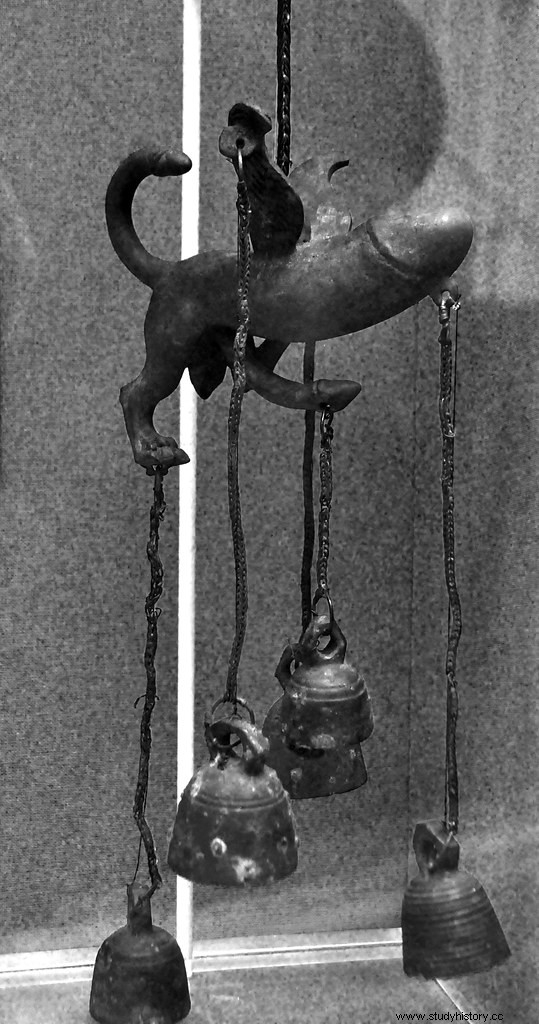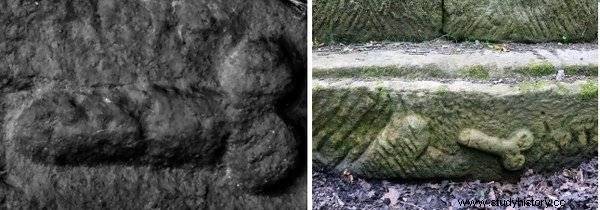Sign language is a system of gestural expression that allows deaf people to communicate with each other or with anyone who knows them. Of course, I recognize that, given my limitations when it comes to expressing myself in languages other than my mother tongue, I have had to resort to this form of communication on some of my trips. Logically, not to the official sign system, which I don't know, but to the "vulgar" system recognized in almost all parts of the world... even in ancient Rome.
I believe that almost all of us at some point have stretched out the middle finger of the hand and kept the rest pressed, recreating a figure that represents the penis and the testicles (what we call "a comb"). In Rome, with this gesture, made with the digitus impudicus or digitus infamis (immodest or obscene finger), we could mean "Fuck you..." (the same as today), but it also had a magical or spiritual connotation:the phallus is a protective symbol against the evil eye (Pliny the Elder called a medicus invidiae , remedy against envy) and brings good fortune and prosperity. In fact, it was common for children to carry phallic amulets (fascinates ) hung around the neck or that babies had a tintinnabulum phallic in the cradle.

Phallic tintinabulum
The tintinnabulum It could also be placed on the threshold of the door and the phalluses could be painted or engraved directly on the walls of the house to protect the home. Okay yes, it is true that in Pompeii there are also engravings on the walls and the floor indicating the direction of the brothels.

There are several references in the Epigrams of the Bilbilitan poet Marcial (1st century).
Laugh, Sextilo, at whoever called you a fagot and raise your middle finger.
He shows his finger, but the obscene one, to Alconte and to Dasio and to Symmachus.
In the 7th century, it was also collected by San Isidoro de Sevilla in his work Etymologies when he talks about the name of the fingers…
Tertius impudicus, quod plerumque per eum probri insectatio exprimitur. (The third, impudent, because some infamous mockery is often expressed with him).
The description he makes of the ring finger and little finger is also curious:
Quartus anularis, eo quod in ipso anulus geritur. […] Quintus auricularis, pro eo quod eo autem scalpimus. (The fourth, ring finger, because the ring is worn on it. [...] The fifth, earpiece, because we scratch our ears with it).
According to the saint, the ring is placed on the fourth finger of the hand (ring) because there is a vein in it that carries blood to the heart... And to this day.
